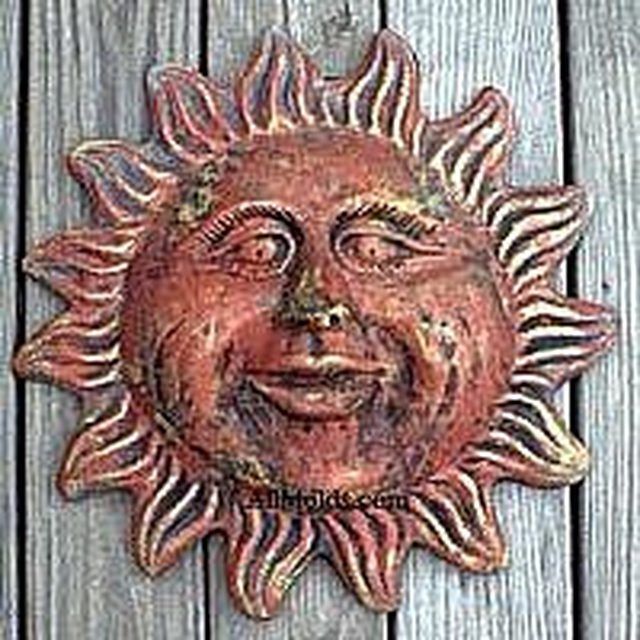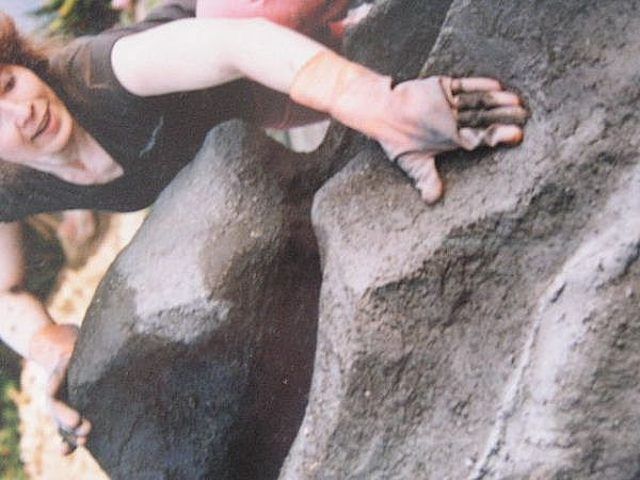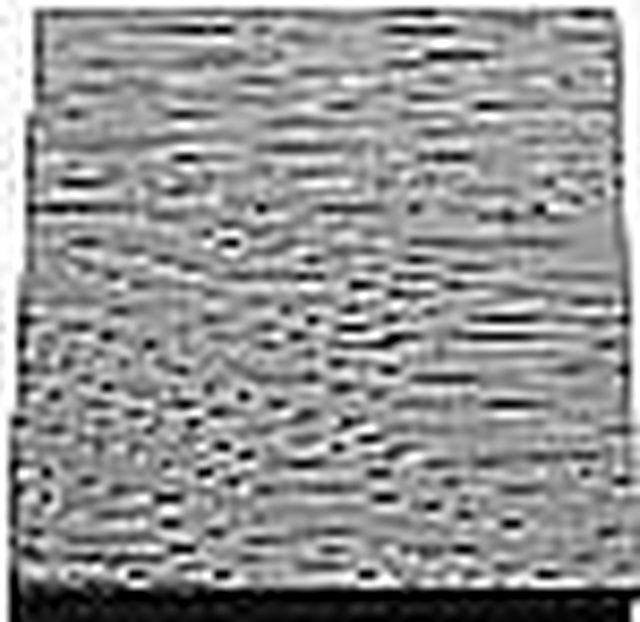Bulbs
Flower Basics
Flower Beds & Specialty Gardens
Flower Garden
Garden Furniture
Garden Gnomes
Garden Seeds
Garden Sheds
Garden Statues
Garden Tools & Supplies
Gardening Basics
Green & Organic
Groundcovers & Vines
Growing Annuals
Growing Basil
Growing Beans
Growing Berries
Growing Blueberries
Growing Cactus
Growing Corn
Growing Cotton
Growing Edibles
Growing Flowers
Growing Garlic
Growing Grapes
Growing Grass
Growing Herbs
Growing Jasmine
Growing Mint
Growing Mushrooms
Orchids
Growing Peanuts
Growing Perennials
Growing Plants
Growing Rosemary
Growing Roses
Growing Strawberries
Growing Sunflowers
Growing Thyme
Growing Tomatoes
Growing Tulips
Growing Vegetables
Herb Basics
Herb Garden
Indoor Growing
Landscaping Basics
Landscaping Patios
Landscaping Plants
Landscaping Shrubs
Landscaping Trees
Landscaping Walks & Pathways
Lawn Basics
Lawn Maintenance
Lawn Mowers
Lawn Ornaments
Lawn Planting
Lawn Tools
Outdoor Growing
Overall Landscape Planning
Pests, Weeds & Problems
Plant Basics
Rock Garden
Rose Garden
Shrubs
Soil
Specialty Gardens
Trees
Vegetable Garden
Yard Maintenance
How to Cast Concrete Shapes
How to Cast Concrete Shapes. You can make all kinds of objects out of concrete. They will be heavy, but this can be an advantage when you want to construct something that is durable -- especially for outdoor use. You can cast your own paving stones, sculptures, wall hangings, feet, water feature basins, rocks and more. Here are some basics on...

You can make all kinds of objects out of concrete. They will be heavy, but this can be an advantage when you want to construct something that is durable -- especially for outdoor use. You can cast your own paving stones, sculptures, wall hangings, feet, water feature basins, rocks and more. Here are some basics on how to cast different concrete shapes.
The concept is simple. To make shapes out of concrete you will want to build a form. The inside of the form will define the shape you are creating. Then when you fill your form with cement and let it harden you shake loose or break open the form and have your finished object set in solid concrete.

Do your design first. Sketch it out so you know how it will look. If you are making a form for a single use, like the bowl for a small water feature, for example, you can construct it out of materials that can be broken away later. If whatever you are pouring in concrete will have layers of texture applied, you don't have to be fussy with the mold itself. You might want to simply use wood to create your form.

Make a frame or form from rough materials like wood, or more exacting and detailed molds from foam, plastic, silicone, urethanes bought from industrial suppliers or craft shops. You can even make a flat textural piece you can press into the surface of wet concrete like a mold-type stamp. There are also wonderful selections of pre-cast molds available to buy on the internet and in specialty stores.

You will want to clean your mold before using it and, if it is a flexible mold, lightly oil the inside to keep the cement from sticking. (You can buy a lubricant or use 5W-30 motor oil.)

Mix your cement and pour it into your mold. Portland cement creates an nice smooth concrete but is less strong than mortar. Cement mixes work well, too. For fine work you may prefer to use plaster. If you are doing something small enough to move, pour in a quarter of the mixture at a time tapping or lightly shaking the mold to release air bubbles.
Let the cement set for 24 hours and either break away a solid mold or shake out a flexible mold to release your creation.

Chip clean any little unwanted pieces and coat it with texture, leave as is or paint your final product. In the end you will have a cast concrete shape you can have for practical use or decor!
